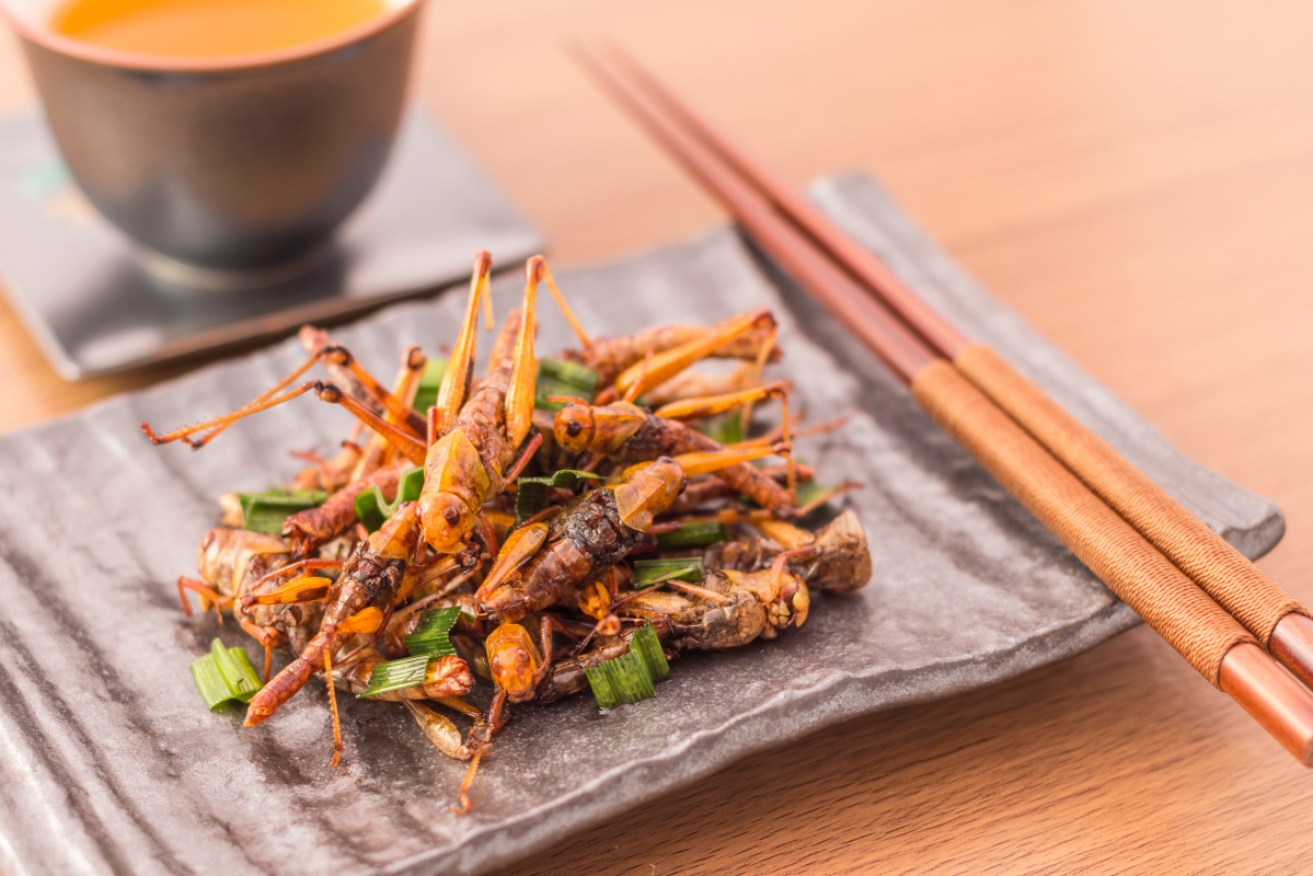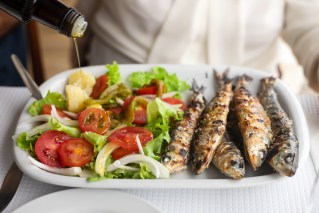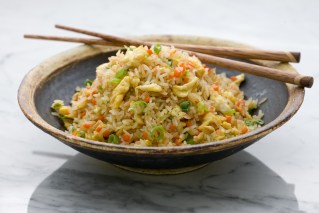Don’t fancy eating insects? There’s a good chance you already are


It probably won't be this overt, but except to see more insects on plates as the world warms to different protein sources. Photo: Getty
We’re well and truly aboard the plant-based diet craze – it’s pegged to beef up the Australian economy by $3 billion by 2030 – but there’s a new protein crawling onto plates around the country.
Edible insects, or entomophagy, is tipped to be the new faux meat for 2020. Sustainability experts say the food group is key to keeping the global population fed, with the world population on track to hit 10 billion by 2050.
Farming insects produces far less greenhouse gases than traditional animal proteins, ticking the sustainability box as we move further into a climate-wary world.
As a result, crickets, mealworms, ants and more are being dried, crushed and pureed into protein-packed products.
The United Nations believes the industry will, globally, be worth $1.5 billion within three years.
In Australia, the industry is making sizeable jumps from year-to-year; the Insect Protein Association of Australia says its doubled in the past year.
- Related story: How to make sustainable food choices
Skye Blackburn runs the country’s largest edible insect farm, based in Western Sydney, and has been involved in the industry for about 12 years.
A food scientist by trade, Ms Blackburn’s company Edible Bug Shop produces and sells about 200 kilograms of insects a week to the domestic market.
They can’t keep up with demand and are in the process of migrating to a new, larger facility that will allow them to ship out 10,000 kilograms of the creepy but tasty crawlies a week.
They’ve joined forces with Woolworths to supply the Macro range cricket flour, which is available in selected stores but will soon be rolled out nationwide. Under their own label, they sling corn chips, cookies, insect-based milks, yogurts and ice creams, and just straight-up crispy crickets.
Ms Blackburn said consumer acceptance was at an all-time high. They started off in 2007 at markets and food fairs.
“(It was like) there was a big forcefield around us, like they couldn’t come too close to us, like they were scared of what we were going to do,” she told The New Daily.
- Related story: The future of meat is fake
It’s been in the past four to five years that she’s noticed a difference in consumer and community attitudes; people are interested in where their food comes from, what its nutritional benefits are, and what impact it has on the environment.
While there’s still an ick-factor from some people about tucking into a cricket over a cow, Ms Blackburn said a lot of people were probably unknowingly already eating insects.
When products like health bars, breads or baking mixes as labelled as “high protein” that protein probably comes from edible insects.
“Cricket protein powder is 70 per cent digestible protein – we have the enzymes in our guts that have the ability to digest that,” Ms Blackburn said.
“So we’re evolved to digest them, they’ve just dropped out of our modern diet with traditional agriculture.”
While there’s no need to rush into the garden and scoop the nearest insect you see (seriously, don’t do that – they could be sprayed with poison or just poisonous to humans in general), there could be the day when we’ve got backyard insect farms instead of chicken coops.
“My kids have their own little mealworm farm, and they feed fruit and vegetable scraps to them,” Ms Blackburn said.
“I make snacks out of the insects for them. They know all about the life cycle.
“They love eating the meal worms, they have like a rice bubble-y texture. They get home for school and ask for salt and vinegar mealworms.”








